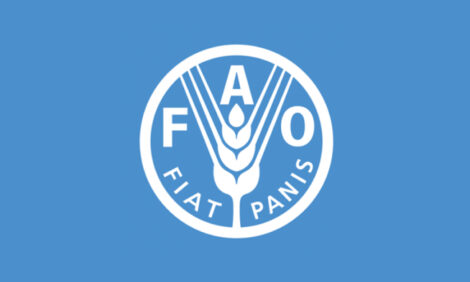



Know the Rules for Handling Animal Losses
US - A new U.S. Food and Drug Administration rule could impact the disposal of dead farm animals.The rule, scheduled to go into effect in April, would prevent the use of brains and spinal cords of older cattle for animal food. The new rule covers all cows 30 months and older and is aimed at preventing the spread of bovine spongiform encephalopathy, commonly known as mad cow disease.
Many Kentucky farmers and counties depend on professional hauling companies to remove carcasses and deliver them to rendering facilities. Some of these companies may choose to discontinue their enterprise due to this new restriction.
With the decision by at least one hauler to suspend services, at least temporarily, the University of Kentucky Livestock Disease Diagnostic Center has been receiving calls regarding disposal. But that is not a part of the center's mission.
"LDDC is primarily a diagnostic laboratory, not a statewide carcass disposal facility," said Craig Carter, director. "Our mission is disease surveillance and diagnosis."
Kentucky has nearly 3 million cattle, swine and sheep, and death losses are an unfortunate but real part of animal agriculture. Their proper disposal is critical to safeguarding water supplies and reducing the spread of disease. Robert C. Stout, state veterinarian, said his office gets more complaints about animal carcasses than on any other subject.
"The enhanced feed ban rule will have a tremendous impact, not only on animal agriculture but also on public health and the environment," Stout said. "Farmers must have a means of disposing of dead animals that is readily accessible and affordable."
While this new rule could make disposal more challenging and costly, farmers should not forget there are laws in place establishing proper disposal practices.
State law requires farmers to dispose of dead animals through an approved method within 48 hours of death. These methods include incineration, boiling or steaming, burying, removal by a licensed rendering establishment, disposition in a contained landfill or composting. These methods are outlined in the Kentucky Agriculture Water Quality Act under Livestock Best Management Practice No. 15. Improper dumping of an animal carcass in a stream, sinkhole or field is unlawful, said Amanda Gumbert, UK extension water quality liaison.
UK College of Agriculture environmental specialists and engineers can assist farmers with information on developing and implementing agricultural water quality plans, on-farm composting facilities and other aspects of complying with dead animal disposal laws. UK publication, ID-67, On-farm Disposal of Animal Mortalities, is available through the local office of the UK Cooperative Extension Service. This publication is a good starting point for farmers in learning the rules.
TheCattleSite News Desk


